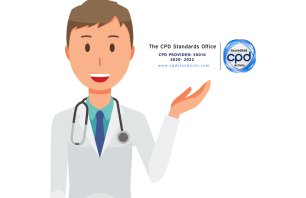As with all waste generated from a healthcare setting there are strict compliance requirements around dental waste management.
Types of dental waste
Dental practices produce lots of different types of specialist waste, from sharps to chemicals and used PPE, all of which need to be correctly segregated, stored and managed.
Some dental waste is also classed as hazardous waste and must be compliantly handled and disposed of. Waste classified as ‘hazardous’ under environmental legislation is potentially harmful to the environment or to human health if not handled correctly.
Hazardous waste is a term that covers many different waste types, all with their own management, segregation, transport, treatment and disposal requirements.
Some examples of hazardous waste from a dental setting include:
• Amalgam Separators
• Lead Foil
• Pharmaceuticals
• Needles and Sharps
• Disinfectants
• X-ray Fixer and Developer
Read more about hazardous waste.
How to manage dental waste
All specialist dental waste must be correctly segregated, appropriately labelled and packaged for transport, stored safely in a secure place and described accurately on all documentation.
The national colour-coded segregation system identifies and segregates waste on the basis of waste classification and suitability of treatment/disposal options.
When segregating waste you must consider both the appropriate waste stream (colour coding) and the appropriate packaging.
Discover free waste segregation posters from Stericycle.
What happens to dental waste once collected
No single treatment option is optimal for all waste streams because of very different risk profiles and regulations.
While we recycle whenever possible, medical and hazardous wastes require special treatment because of the high potential for viruses, chemicals and other contaminants harmful to people and the environment.
All collected waste is rendered safe in our treatment and disposal facilities. To render waste safe, treatment and disposal facilities are required to:
• Reduce the number of infectious organisms present in the waste to a level that protects workers or the public against infection
• Destroy anatomical waste so it is no longer recognisable
• Make all clinical waste (including any equipment and sharps) unusable and unrecognisable as clinical waste
• Destroy the component chemicals of chemical or medicinal and medicinally contaminated waste
This waste is then treated and disposed of by one of two main methods:
• Energy from Waste (Incineration)
• Alternative Treatment
Find out more about our waste treatment processes.



